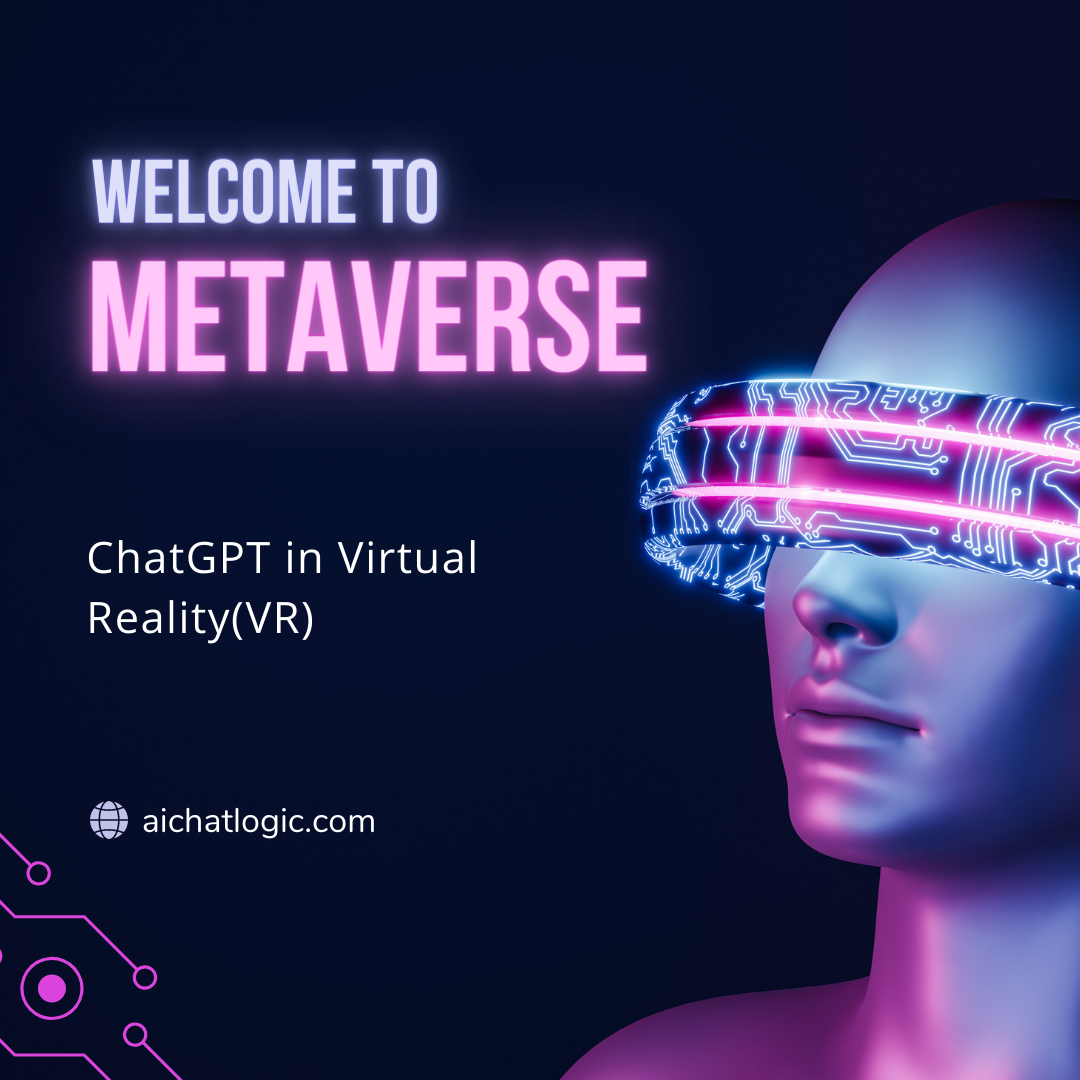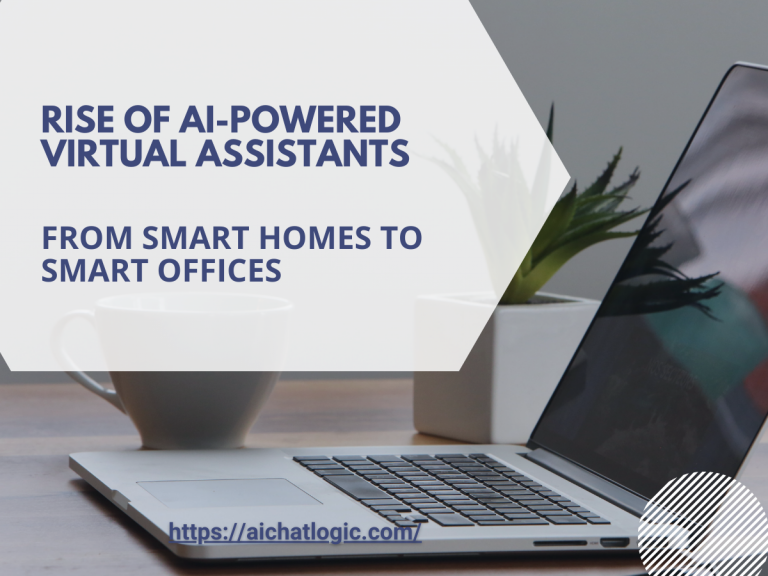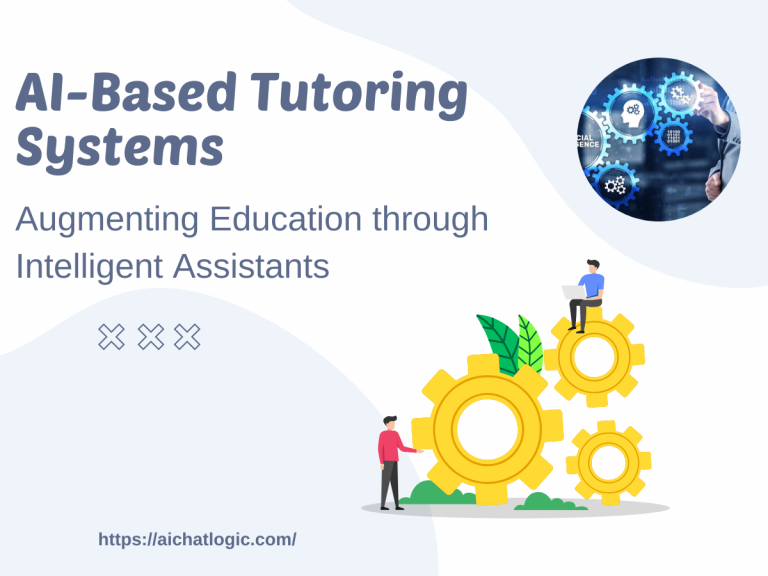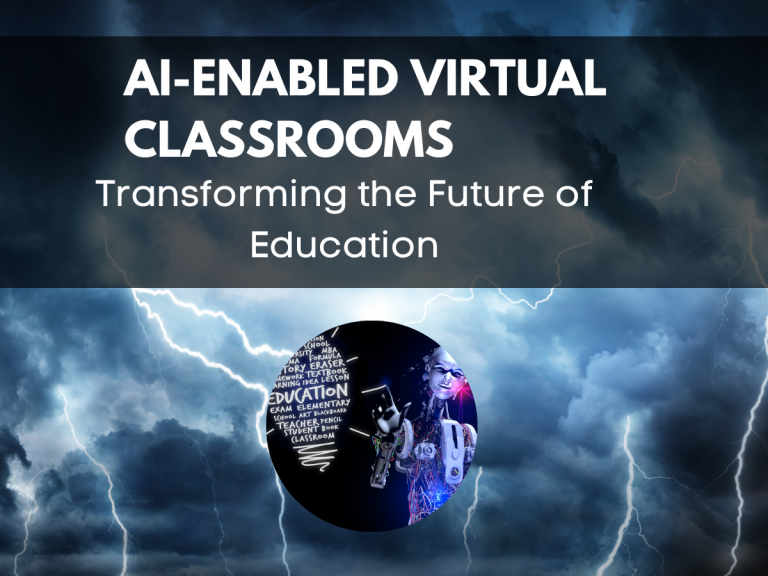The role of ChatGPT in Virtual Reality (VR) and Augmented Reality (AR) applications refers to its ability to enhance user interactions and immersion by enabling natural language conversations with virtual entities. ChatGPT’s natural language processing capabilities enable seamless communication through speech or text, allowing users to convey commands and receive appropriate responses in immersive environments. This integration empowers developers to create personalized experiences, customize content, and provide real-time assistance to users. By leveraging ChatGPT, VR and AR applications can revolutionize the way users engage with virtual environments, opening up new frontiers for dialogue-based experiences in the realm of immersive technologies.
Table of Contents
- Introduction
- Understanding Virtual Reality (VR) and Augmented Reality (AR)
- The Evolution of ChatGPT
- ChatGPT’s Role in VR and AR Applications
- Enhancing User Interaction and Immersion
- Natural Language Processing in VR and AR
- Real-Time Assistance and Guidance
- Personalized Experiences and Customization
- Empowering Developers and Content Creation
- Potential Challenges and Limitations
- The Future of ChatGPT in VR and AR
- Frequently Asked Questions (FAQs)
- Conclusion
1. Introduction
In the realm of virtual reality (VR) and augmented reality (AR), ChatGPT, a state-of-the-art language model developed by OpenAI, plays a pivotal role. By seamlessly integrating ChatGPT into VR and AR applications, users can engage in natural language conversations with virtual entities, enhancing their immersion and interaction. So, This article delves into the significance of ChatGPT in VR and AR, examining its impact on user experiences, content creation, and the future of immersive technologies.
2. Understanding Virtual Reality (VR) and Augmented Reality (AR)
Before delving into the role of ChatGPT, it is essential to comprehend the fundamentals of VR and AR. VR immerses users in simulated environments, usually facilitated by headsets or goggles. Its aim is to create a sense of presence, allowing users to interact with digital elements in a virtual realm. Conversely, AR enhances the real world by overlaying virtual elements onto the physical environment. By leveraging mobile devices, smart glasses, or specialized headsets, AR enriches users’ perception of reality with contextually relevant information.
3. The Evolution of ChatGPT
ChatGPT, an innovative language model developed by OpenAI, has witnessed remarkable advancements since its inception. Iteration after iteration, it has continuously improved its ability to generate human-like text responses. By training on a diverse range of internet text sources, ChatGPT has acquired a comprehensive understanding of various subjects, enabling it to respond adeptly to a wide array of user inputs.
4. ChatGPT’s Role in VR and AR Applications
4.1 Enhancing User Interaction and Immersion
In addition, ChatGPT revolutionizes user interaction and immersion in VR and AR environments. Its integration empowers users to engage in natural language conversations with virtual assistants, characters, or avatars. As a result, interactions become more intuitive and realistic, significantly heightening the overall experience.
4.2 Natural Language Processing in VR and AR
ChatGPT’s natural language processing capabilities make it an invaluable asset in VR and AR applications. Through advanced language understanding, ChatGPT can comprehend user queries, instructions, and conversations, facilitating seamless and context-aware interactions.
In immersive environments, users can communicate through speech or text, and ChatGPT generates relevant responses, expanding possibilities for dialogue-driven experiences.
4.3 Real-Time Assistance and Guidance
In VR and AR applications, ChatGPT provides real-time assistance and guidance to users. Whether it be a virtual assistant helping users navigate virtual environments or a language tutor offering interactive language learning experiences, ChatGPT offers immediate feedback, suggestions, and personalized recommendations. This real-time support enhances the dynamism and informativeness of interactions, ensuring a more fulfilling user experience.
4.4 Personalized Experiences and Customization
Through ChatGPT, VR and AR applications deliver personalized experiences tailored to individual users. By analyzing user preferences, behavior patterns, and historical data, ChatGPT adapts its responses and interactions, providing a more customized experience. Such as, personalization fosters user satisfaction and engagement, as users feel that the virtual environment caters to their specific needs and preferences.
4.5 Empowering Developers and Content Creation
ChatGPT empowers developers and content creators in the VR and AR space by simplifying the process of generating conversational content. Instead of manually scripting dialogues and responses, developers can leverage ChatGPT’s natural language generation capabilities, creating dynamic and interactive narratives. So, This streamlined content creation process enables more flexibility and adaptability, saving valuable time and resources for development teams.
5. Potential Challenges and Limitations
While ChatGPT holds tremendous potential in VR and AR applications, it faces certain challenges and limitations. One primary concern revolves around the model’s ability to consistently provide accurate and contextually relevant responses. As the model generates responses based on patterns and examples from training data, there is a possibility of generating incorrect or nonsensical outputs. Consequently, monitoring and fine-tuning are crucial to ensuring an optimal user experience.
Furthermore, maintaining a delicate balance between user privacy and data utilization poses another challenge. ChatGPT’s effectiveness relies on analyzing user inputs and interactions, raising legitimate privacy concerns. Implementing robust data protection and anonymization practices is essential to establishing user trust and safeguarding sensitive information.
6. The Future of ChatGPT in VR and AR
As VR and AR technologies continue their rapid evolution, ChatGPT is poised to assume an even more significant role in shaping the future of immersive experiences. Ongoing advancements in ChatGPT’s training methodologies and data sources will likely result in more accurate and contextually aware responses. Additionally, research and development efforts will focus on enhancing ChatGPT’s ability to understand complex instructions and generate coherent and nuanced dialogue.
Moreover, The future holds tremendous promise for ChatGPT, envision it as an integral component of virtual worlds and augmented realities. Seamlessly blending with human users, ChatGPT will contribute to creating immersive, intelligent, and interactive environments. In addition, The amalgamation of ChatGPT’s language understanding capabilities with the power of VR and AR technologies will unlock new possibilities across industries, spanning education, training, customer support, and entertainment.
7. Frequently Asked Questions (FAQs)
Q1: How does ChatGPT enhance user interactions in VR and AR?
Ans: ChatGPT enhances user interactions in VR and AR by facilitating natural language conversations with virtual entities, fostering lifelike and intuitive experiences.
Q2: Can ChatGPT understand spoken language in VR and AR applications?
Ans: Yes, ChatGPT can comprehend spoken language in VR and AR applications, enabling voice-based interactions with virtual entities.
Q3: Can ChatGPT provide personalized experiences in VR and AR?
Ans: Indeed, ChatGPT can deliver personalized experiences in VR and AR by analyzing user preferences and tailoring its responses and interactions accordingly.
Q4: What are the potential challenges with using ChatGPT in VR and AR?
Ans: Potential challenges include generating inaccurate or nonsensical responses and ensuring robust user privacy and data protection.
Q5: How will ChatGPT evolve in the future?
Ans: ChatGPT will continue evolving by improving its training methodologies, data sources, and understanding of complex instructions, enabling the generation of more coherent and nuanced dialogue.
8. Conclusion
ChatGPT, a cutting-edge language model developed by OpenAI, plays a pivotal role in enhancing VR and AR applications. By enabling natural language conversations, ChatGPT enhances user interactions, fosters immersion, and empowers developers and content creators. While challenges and limitations exist, ChatGPT’s potential to provide contextually aware responses and deliver personalized experiences is significant. As VR and AR technologies advance, ChatGPT’s capabilities will continue to evolve, revolutionizing the future of immersive experiences and redefining how users interact with virtual environments.












+ There are no comments
Add yours